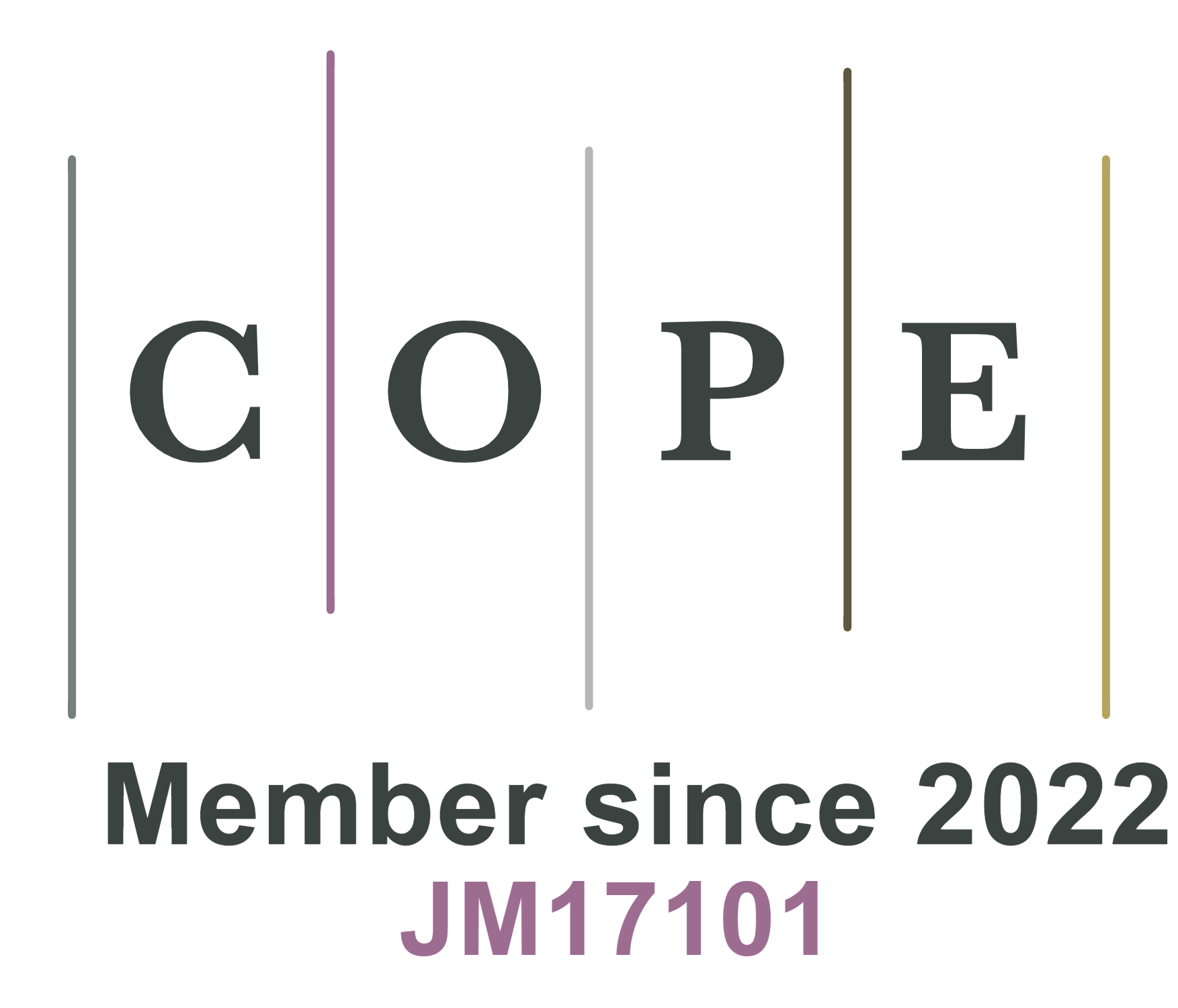Ion sieving function of MoS2 and Alg-Zn hybrid coating endows high stability of Zn anode for aqueous Zn-ion batteries
Abstract
Aqueous Zn-ion batteries (AZIBs) have emerged as promising energy storage systems due to their high safety, low cost, and environmental friendliness. However, the practical application of Zn metal anodes is hindered by challenges such as Zn dendrite growth and side reactions, which degrade the cycle performance and energy efficiency of AZIBs. To address these issues, a facile and functional coating composed of zinc alginate gel (Alg-Zn) and 2H-molybdenum disulfide (2H-MoS2) was used to modify the Zn anode (MAZ@Zn). Combined experimental and theoretical investigations reveal that, in addition to the Zn2+ guiding effect of ion conductive Alg-Zn, the 2H-MoS2 functions as an ion sieve, which facilitates the fast Zn2+ migration and even distribution because of the lower ion migration energy along the MoS2 surface, ensuring fast Zn2+ diffusion in the MAZ@Zn coating and uniform Zn deposition. Moreover, the barrier effect of MoS2 against H2O helps suppress side reactions such as hydrogen evolution, thereby further enhancing the interfacial stability of the Zn anode. As a result, the MAZ@Zn symmetric cells exhibit excellent cyclic stability, achieving a lifespan of 880 h at 1 mA·cm-2 and 1 mAh·cm-2, with low voltage polarization and low charge transfer energy. In contrast, the bare Zn anode only sustains 150 h of cycling under identical conditions. In Zn// sodium vanadate (NVO) full batteries, the MAZ@Zn anode demonstrates outstanding performance, retaining 88.4% of its capacity after 1,000 cycles at 4 A·g-1. This work offers a simple and effective strategy to develop high-performance Zn anode for long-life AZIBs.
Keywords
Aqueous Zn-ion batteries, uniform Zn deposition, zinc alginate, molybdenum disulfide, cycle stability
Cite This Article
He Y, Zhang Z, Jin K, Yuan X, Sun Z, Fan W, Yuan W, Han P, Fu L, Wu Y. Ion sieving function of MoS2 and Alg-Zn hybrid coating endows high stability of Zn anode for aqueous Zn-ion batteries. Energy Mater 2025;5:[Accept]. http://dx.doi.org/10.20517/energymater.2025.126













